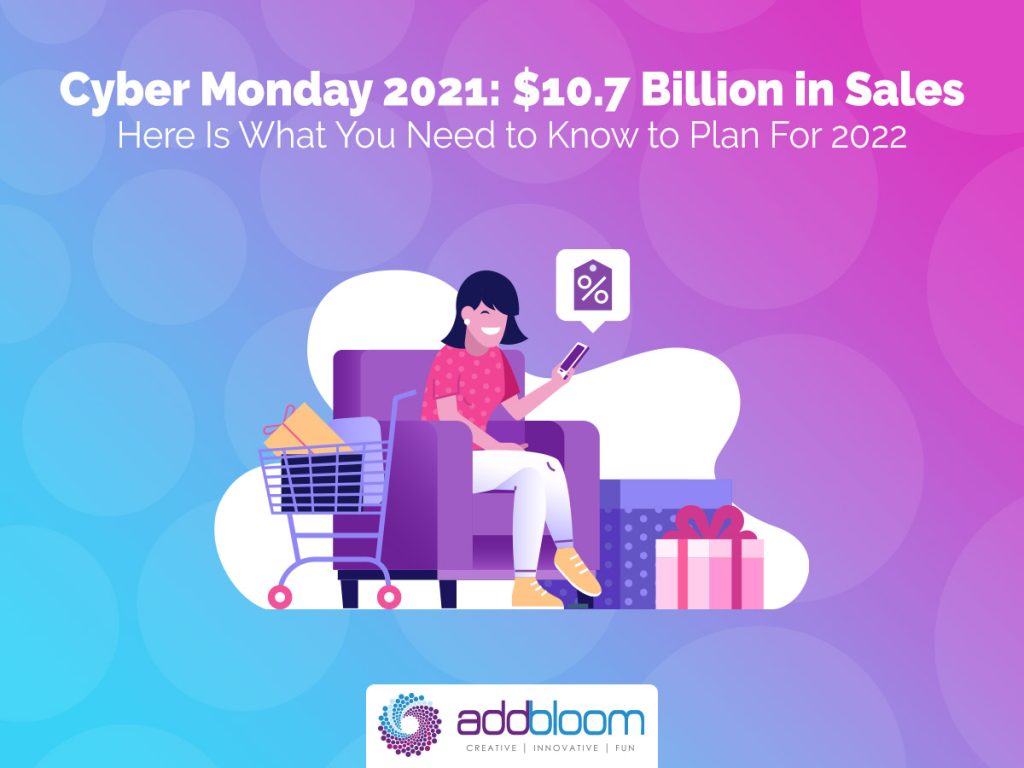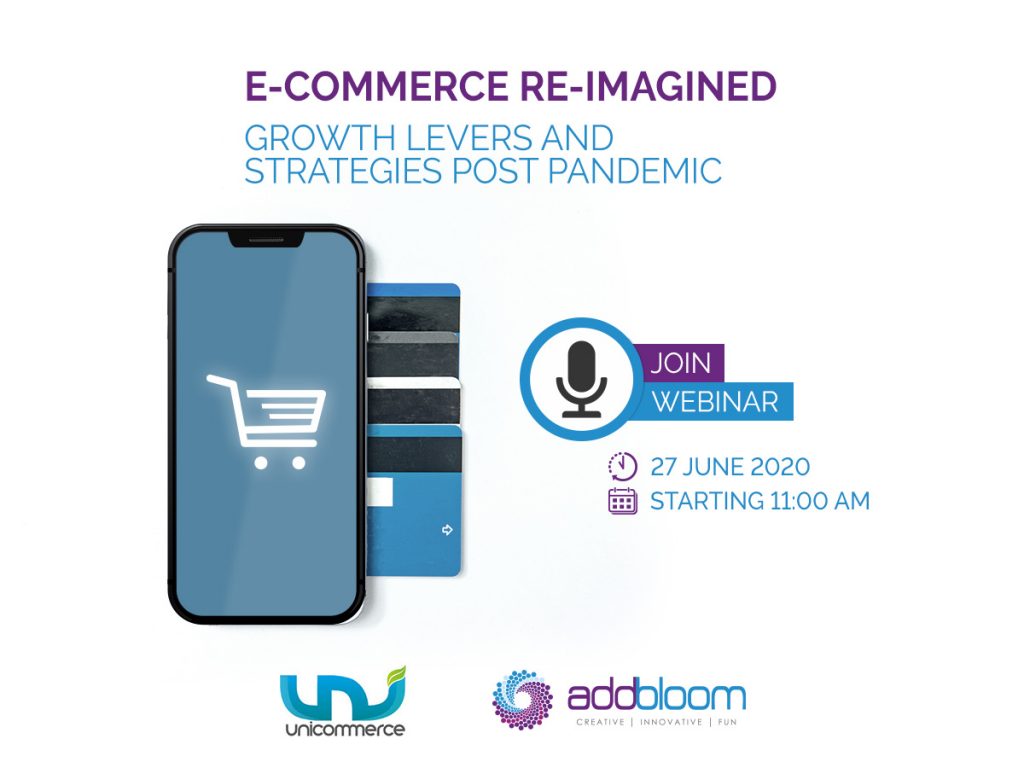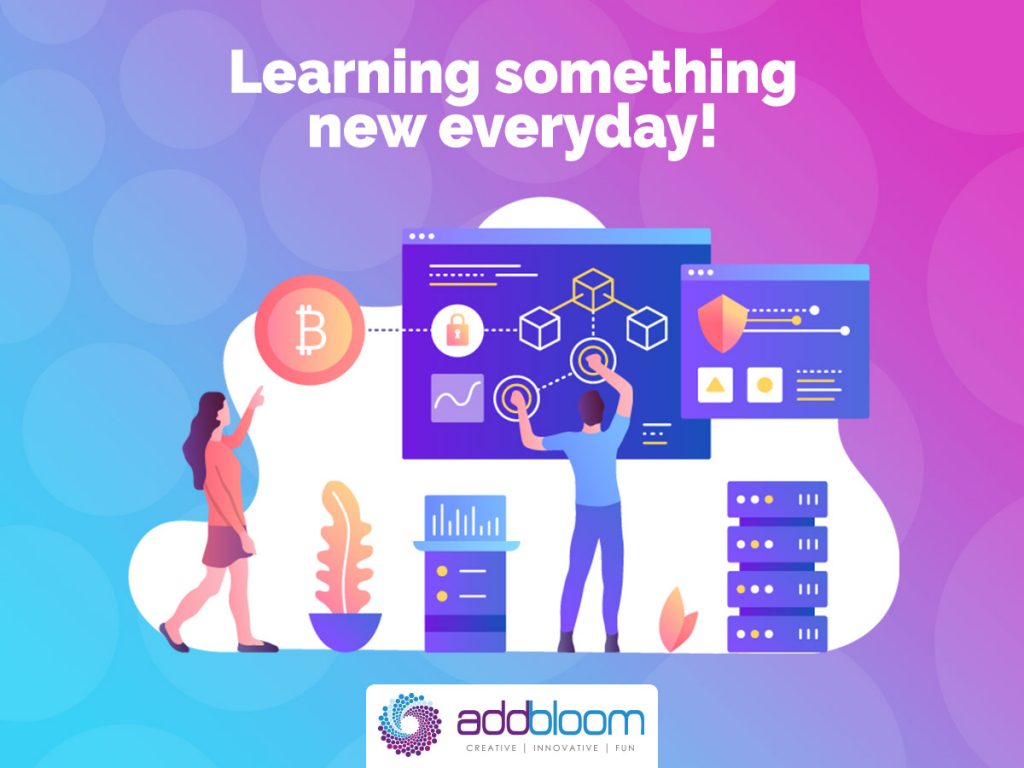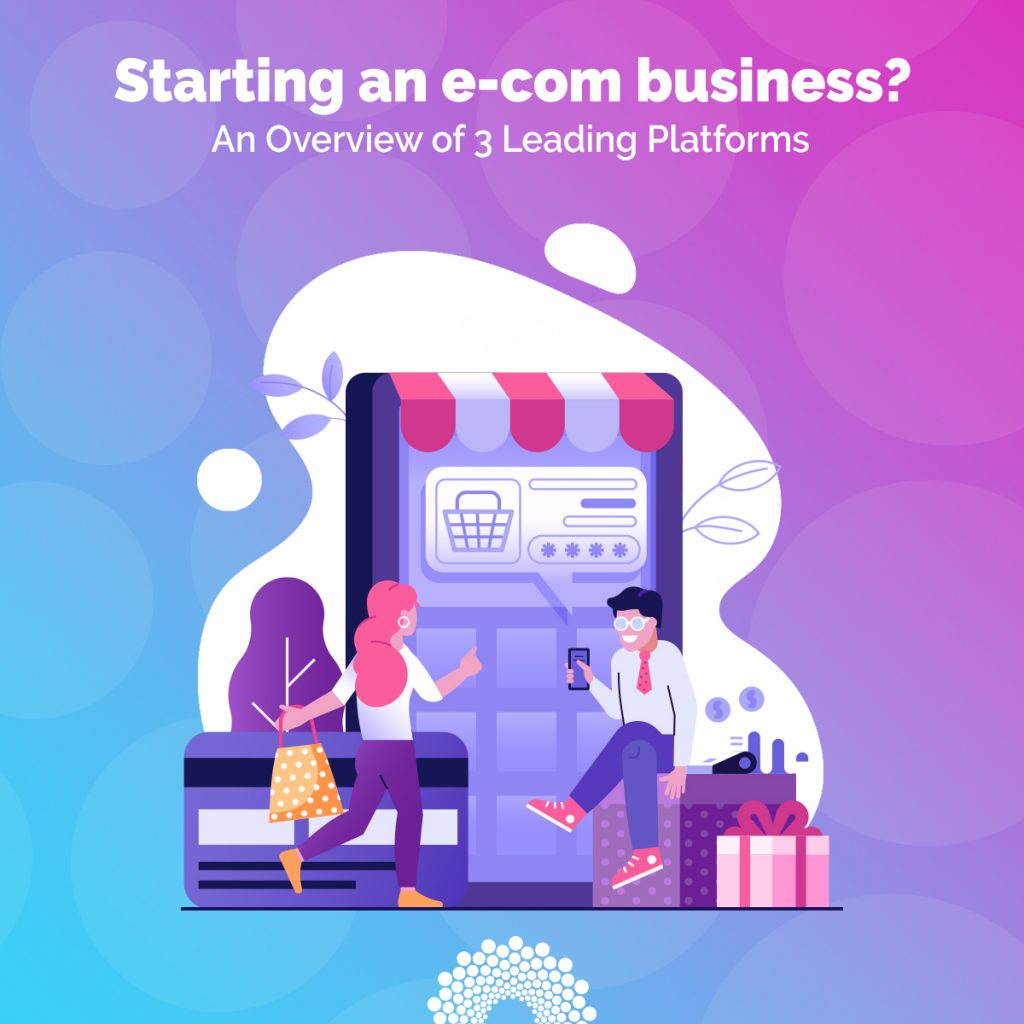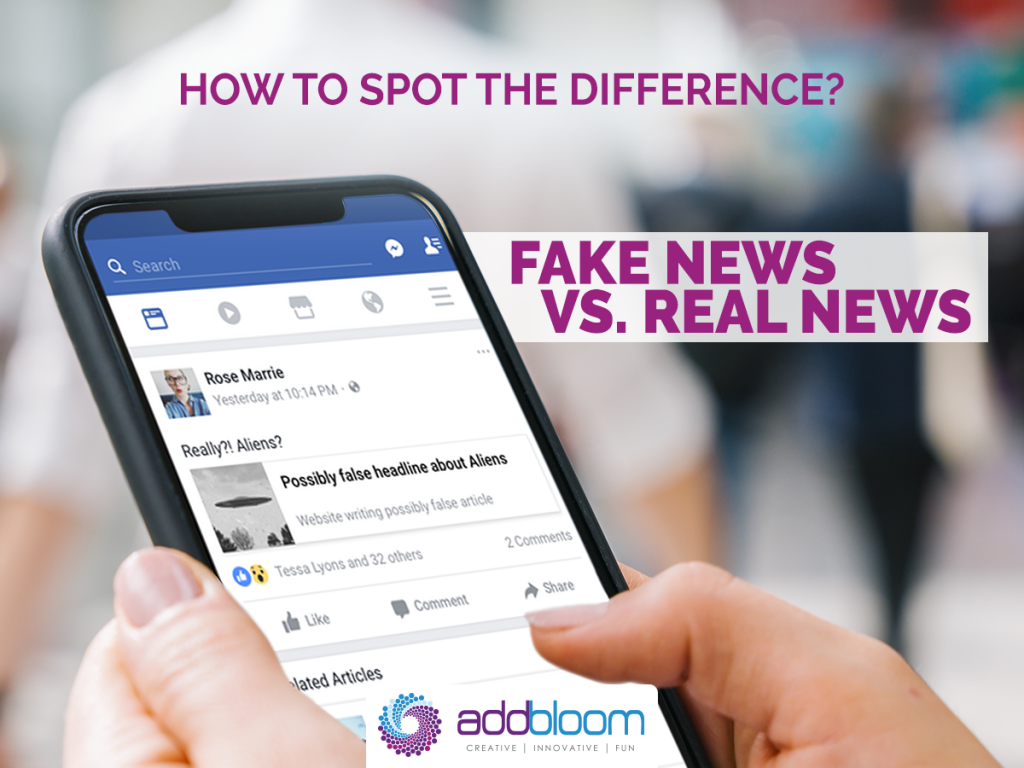How the Monday after Thanksgiving hit $10.7 Billion in sales in 2021
While we seem to believe that Cyber Monday has become the biggest online shopping day of the year because of sales and offers, it isn’t the case. Shopping habits have moved online, and shopping traditions like Black Friday paved the way for more convenient holiday shopping after the long weekend in the United States.
The origins of Cyber Monday
After a recurring peak in online purchases on the Mondays following Black Friday, the National Retail Federation issued a press release in 2005 discussing their findings and started it with the term “Cyber Monday”. The group had believed that the increase in sales was because people decided to skip the mobs shopping during the weekend and wait to purchase online from their office where they had faster internet connections. This provided families with more bonding time as they got their hands on the best deals without spoiling all the surprise gifts.
Cyber Monday today
Throughout the years, the day increased in popularity with designated offers and discounts reaching $2 Billion in sales in 2014. Since that year, Cyber Monday has become the biggest online shopping day of the year in the US with sales growing to hit $10.8 Billion in 2020. That exceeded the $9 Billion digital spend on Black Friday of the pandemic year where more consumers were shopping online. This year sales have dropped by 1.4% resulting in $10.7 Billion in sales on Cyber Monday 2021. This decrease is a result of the change in online shopping habits due to the pandemic. Afraid of facing shortages if they wait for the big sales, consumers have spread out their spending throughout October and November.
Both Black Friday and Cyber Monday have gone beyond the United States even reaching the GCC. In fact, studies have shown that the UAE has the 5th highest average spend per person on Black Friday globally.
Boost your holiday sales with Cyber Monday deals
If you’re wondering whether or not having Cyber Monday deals is still worth it, it really is. Here’s a couple of tips on how you can make the most out of Cyber Monday with online offers.
- FLASH SALE! LIMITED TIME! EXCLUSIVE!
Get creative with how you can grab your online customers by the hook. Customers expect to get the best deals for Cyber Monday and Black Friday so make sure all your bundles, discounts and offers are valuable and impressive.
- MAKE YOUR BUZZ
Create your plan ahead of time and start promoting early. Try throwing teasers, hints, and maybe have a countdown to get your customers talking. Collaborate with influencers or loyal customers, giving them exclusive details that they can share with their communities. Word of mouth is crucial to get enough traffic for your limited time offer.
- GIVE YOUR WEBSITE A GLOW UP
All your leads will be redirected to your website for their online purchases. Make sure it is functional and optimized, to keep them surfing long enough to get to know you. Add banners with detailed info on deals to grab your customers’ attention as soon as they’re in, and make sure your offers stand out.
Now that you have your guide and more than enough time make sure you plan out your next Cyber monday early on.
